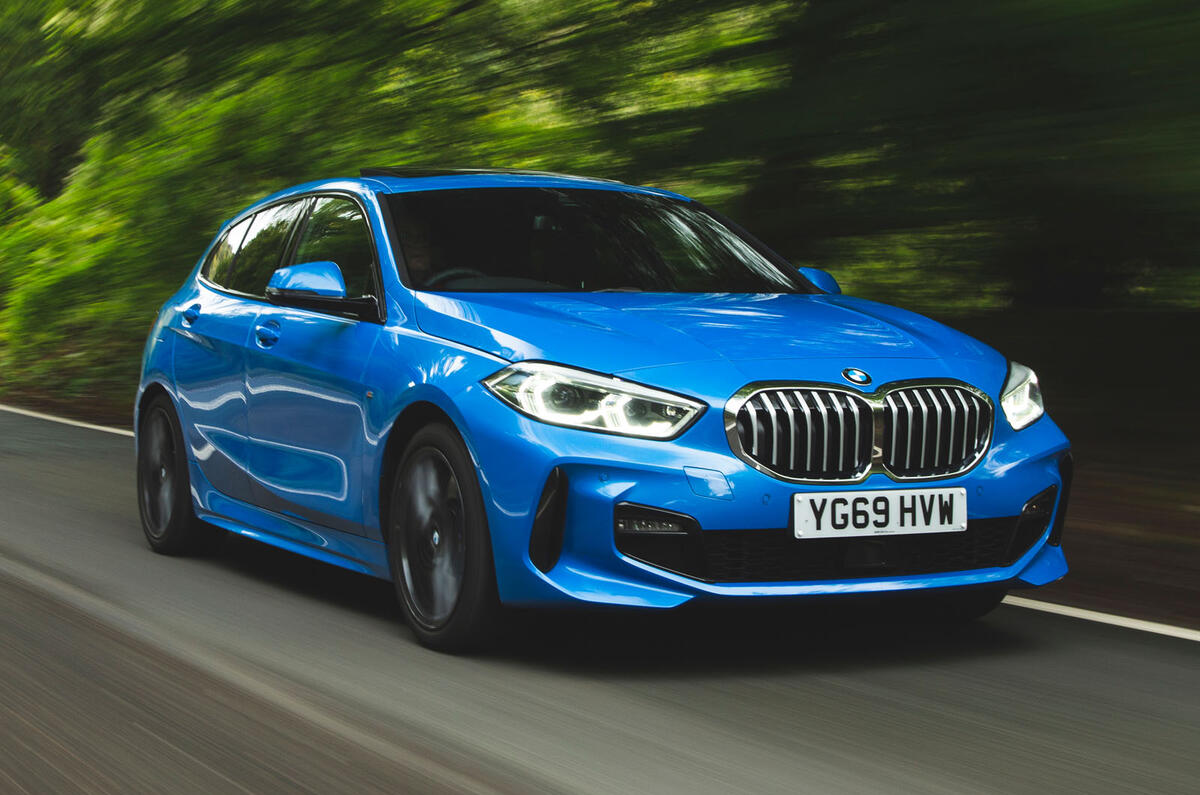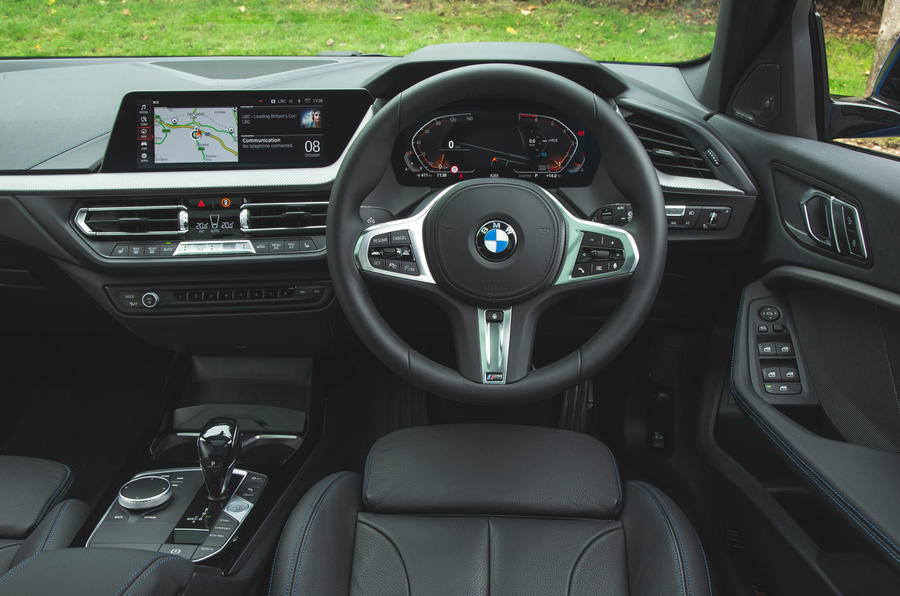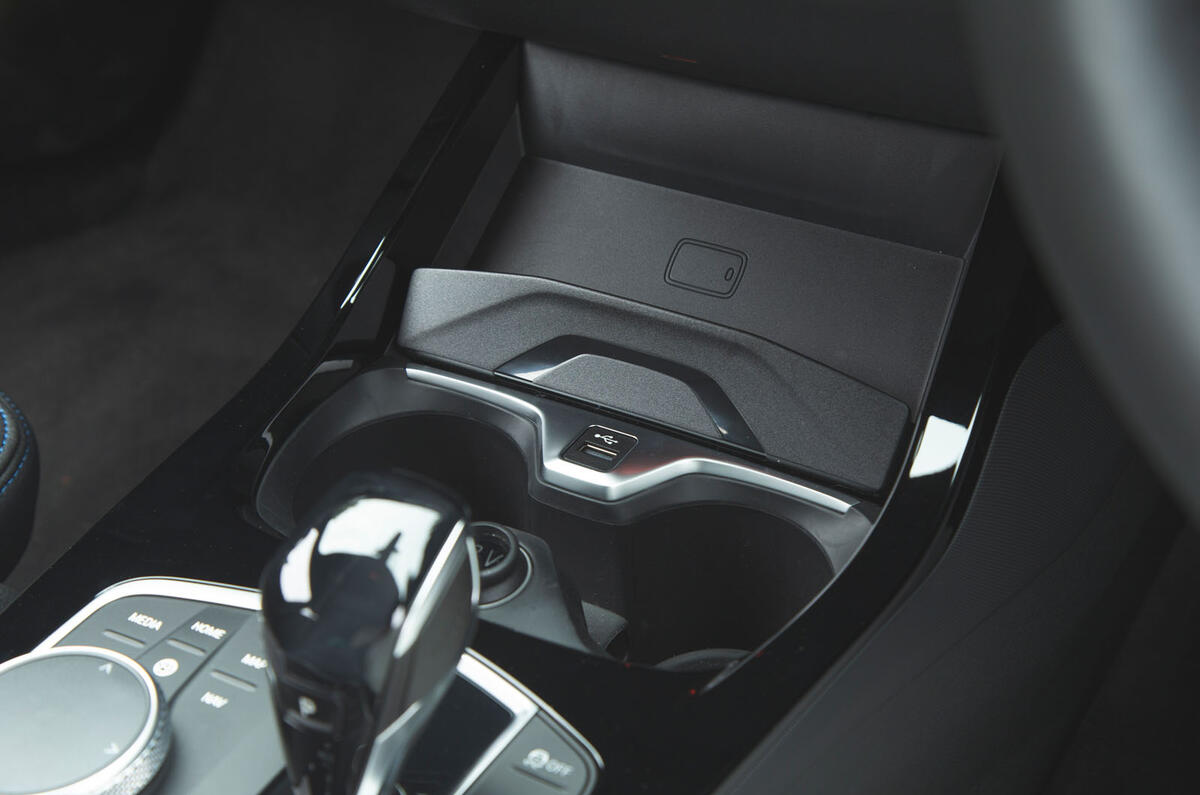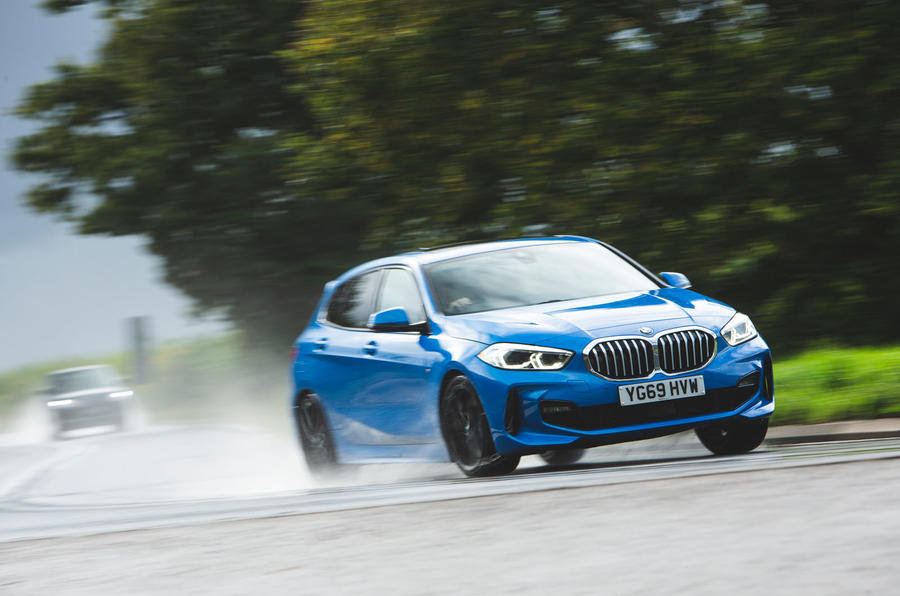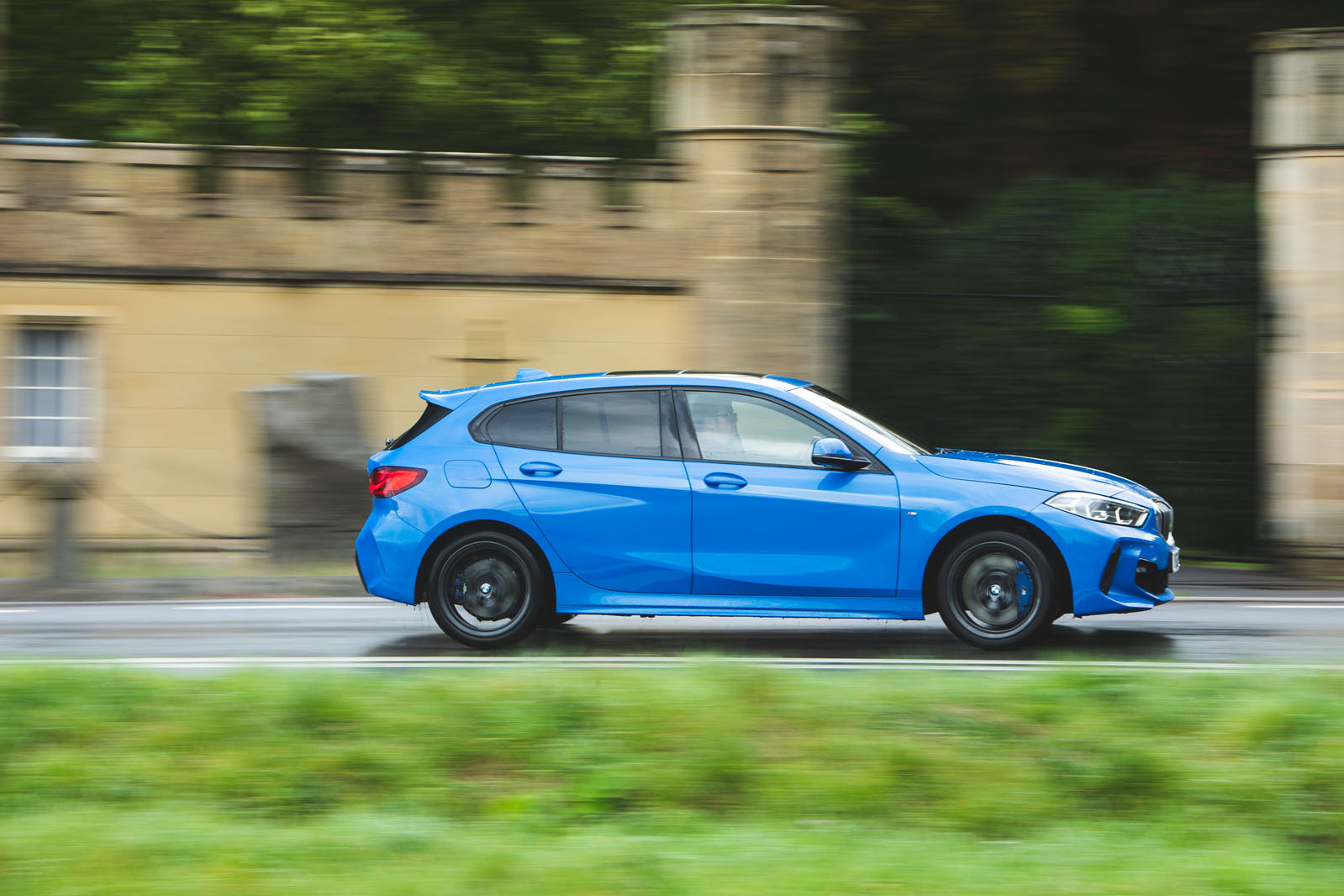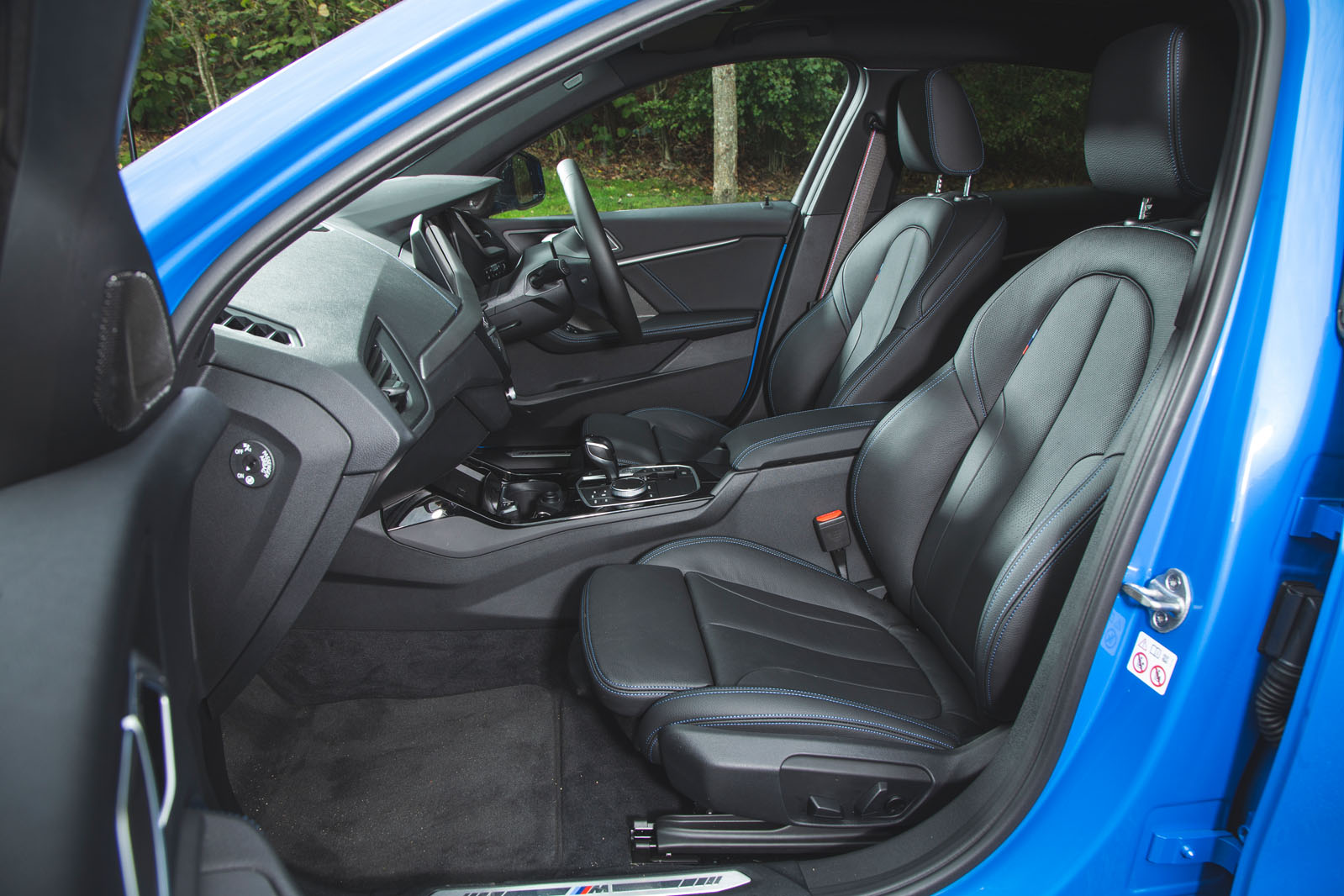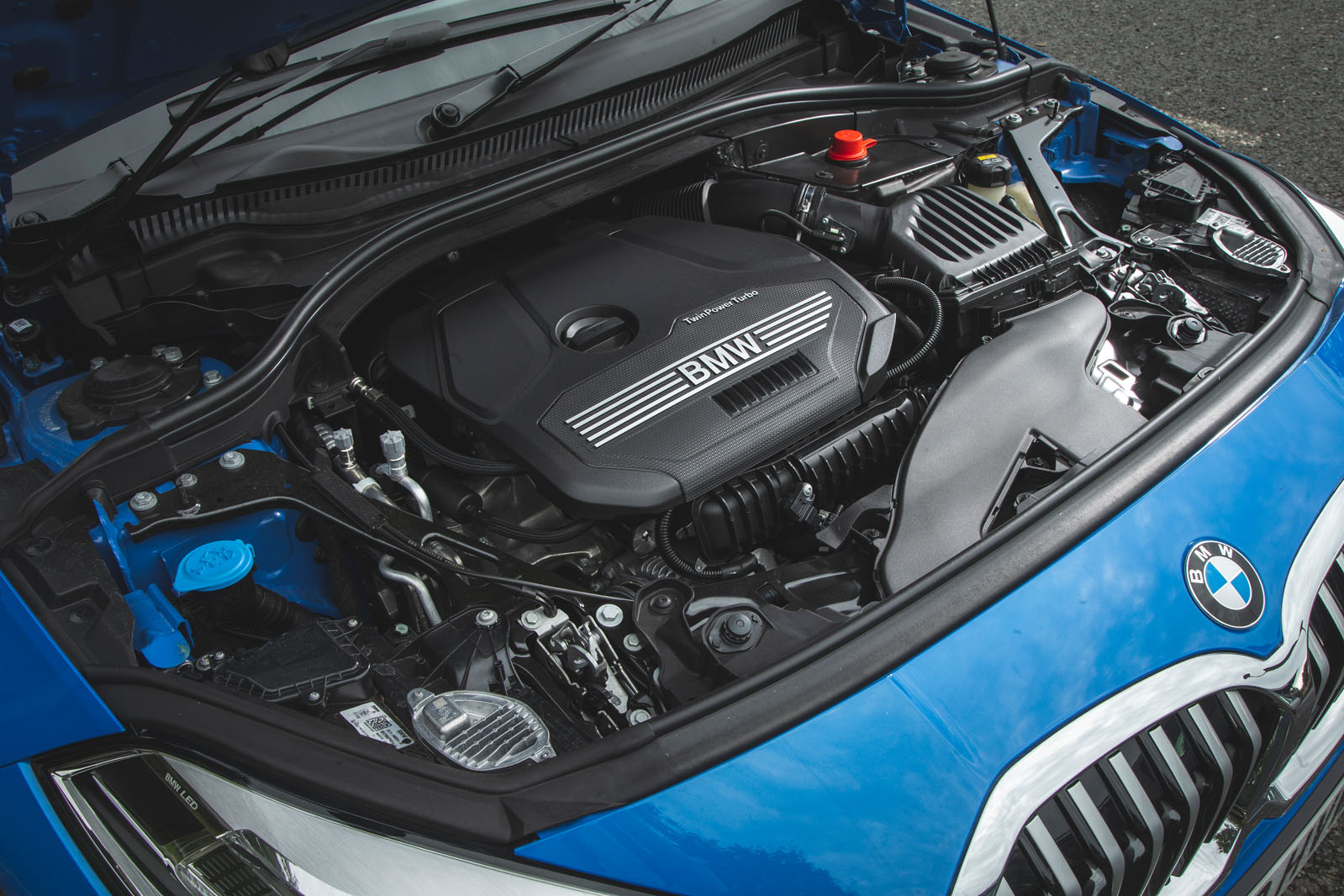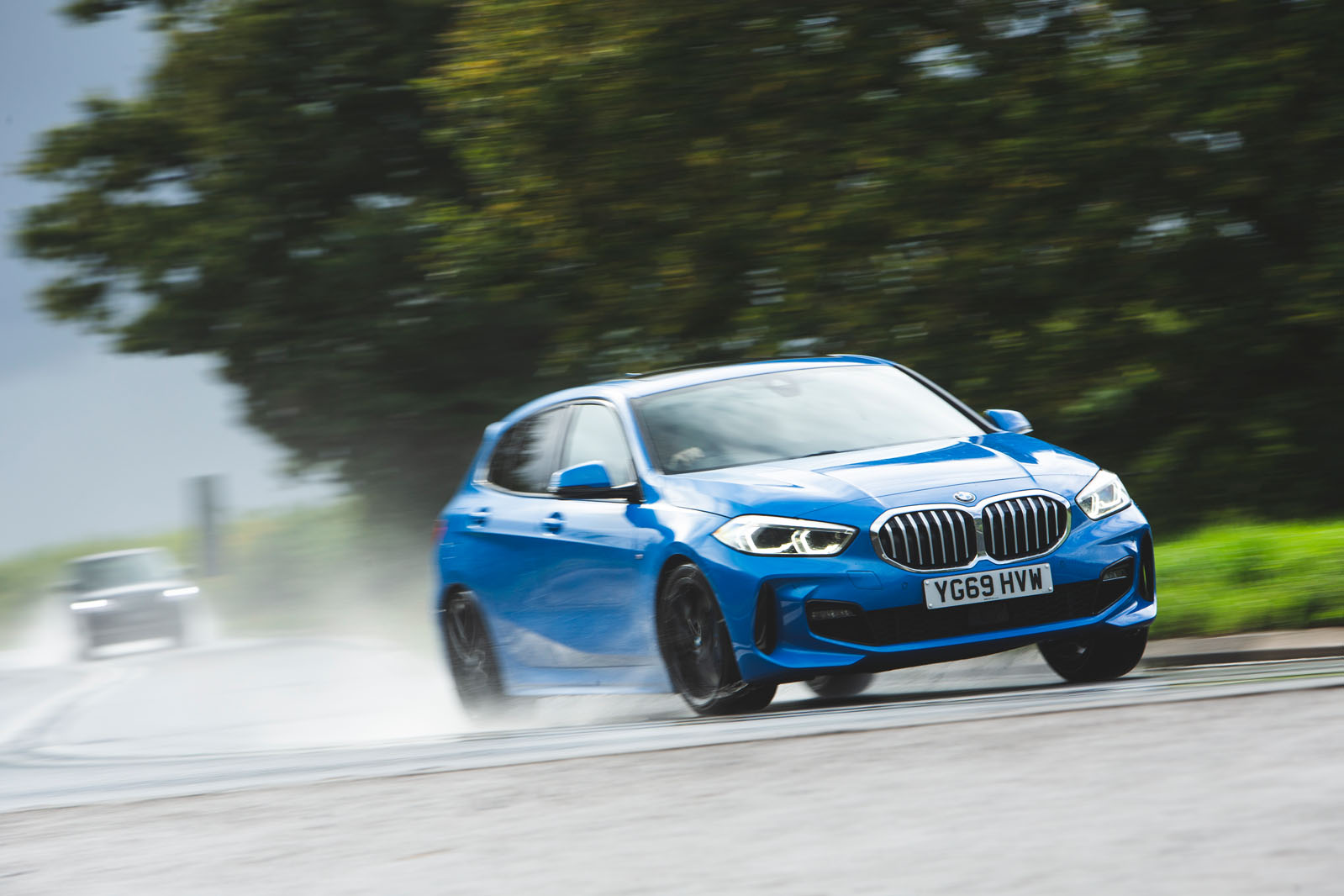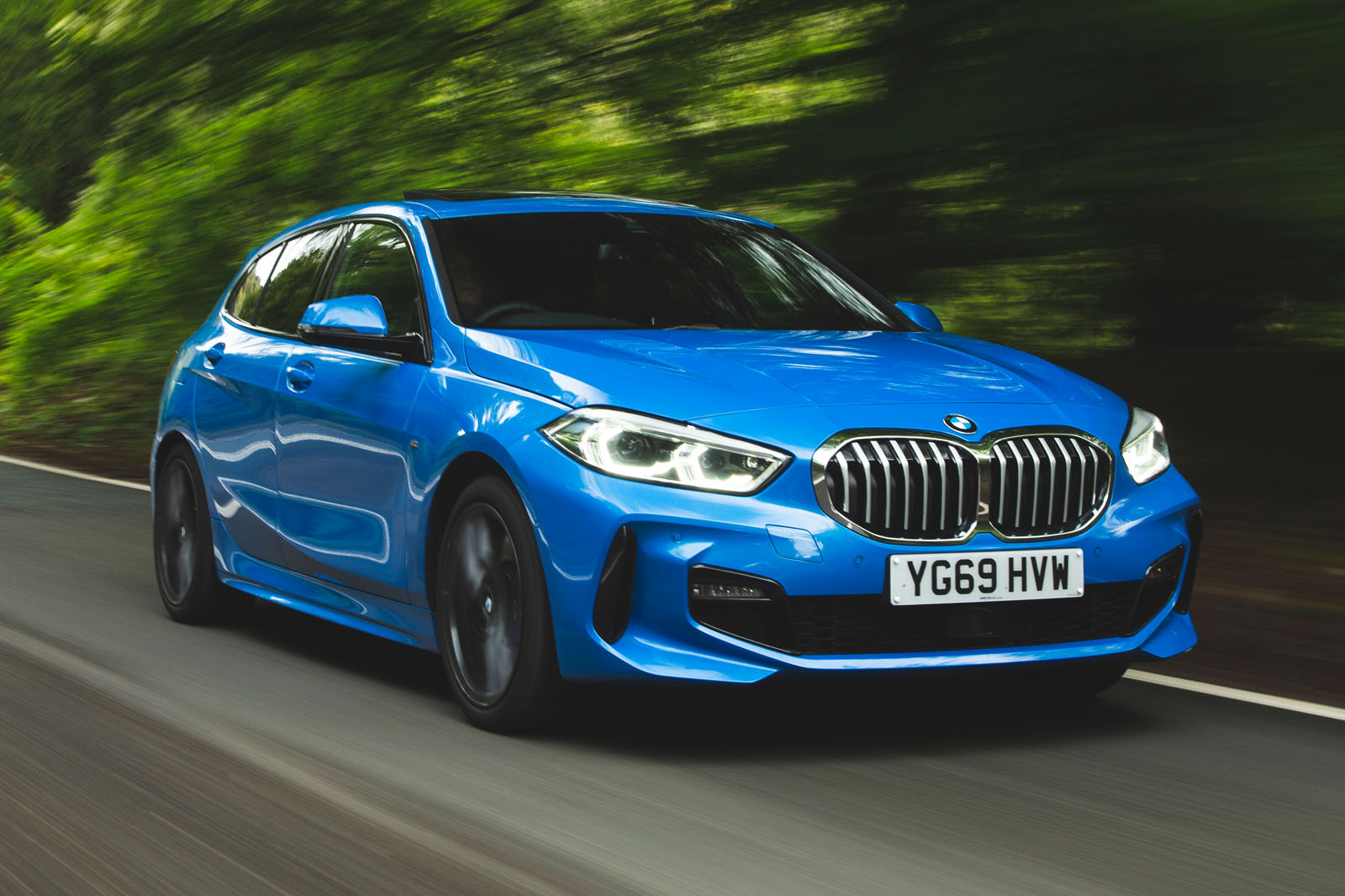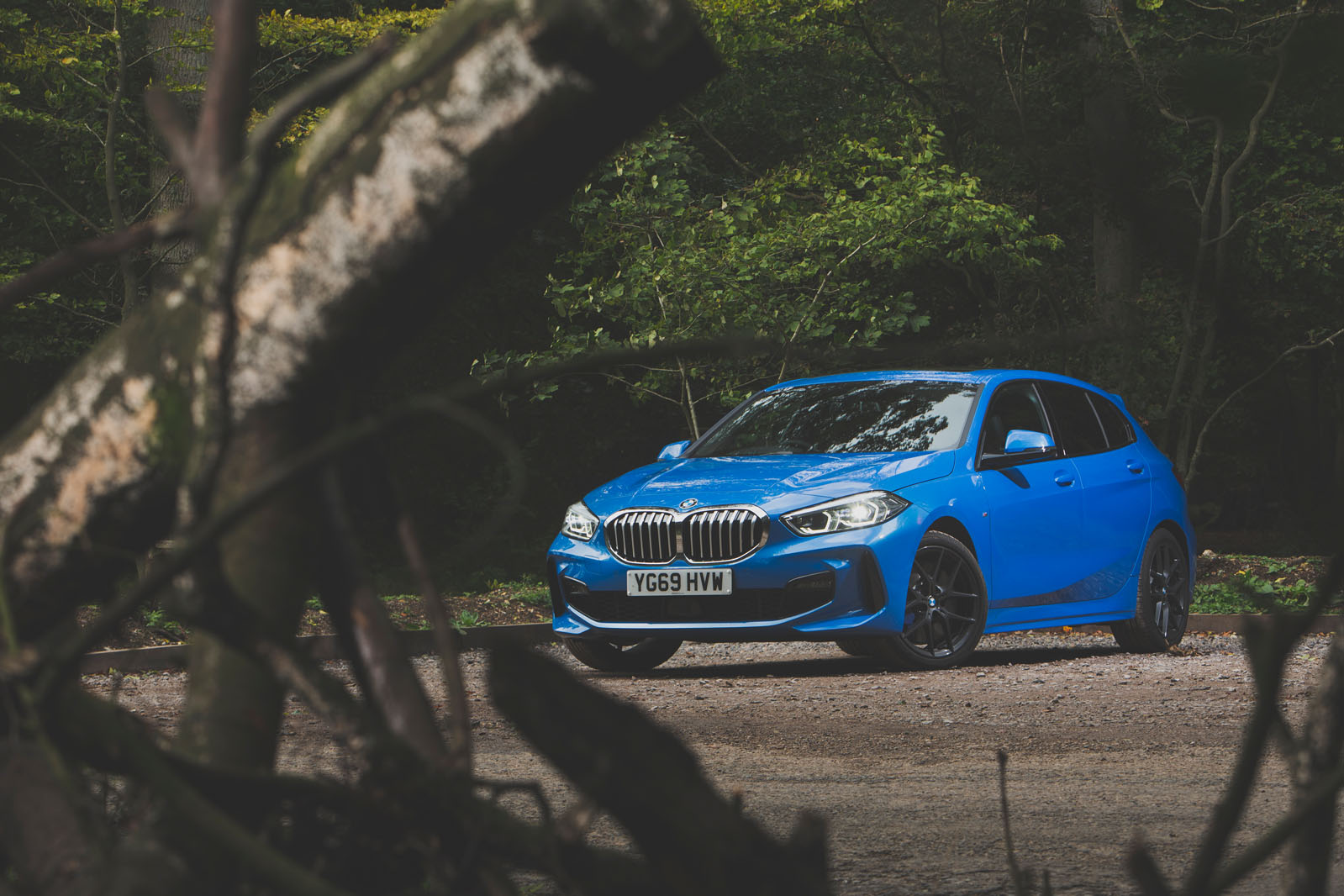BMW’s determination to make rear-wheel drive work in the ‘compact premium’ hatchback segment goes back even further than two generations of the 1 Series – the latest version of which is our road test focus this week. Further, some would say, than the foundation of the compact premium class itself.
In 1993, three years before the original Audi A3 and four ahead of the Mercedes-Benz A-Class, BMW gave us the 3 Series Compact – its first hatchback of any kind for almost two decades – and teased keen drivers with the idealism of rear-wheel-drive handling in a modern passenger car available at a more alluring price than they’d seen before from BMW.
It was precisely that prospect that it appealed to again with the original 1 Series in 2004. This was a car that, like the Compact, shared mechanical componentry with the bigger 3 Series but was available in a much wider range of bodystyles than its indirect predecessor, and used a trademark BMW rear-wheel-drive mechanical layout to distinguish itself in what proved to be an increasingly popular market segment throughout the 2000s. You may well remember the car’s decidedly psychedelic TV ad campaign with its variously kaleidoscopic tortoises, wobbly legged foals and kids riding tricycles.
Initially, the 1 Series sold promisingly and another rear-driven-model generation followed in 2011. But BMW gradually realised that, rather than helping it succeed, a longways engine and a driven rear axle might actually be holding the car back. The decisive moment in shaping ‘der Einzer’s’ future came, very memorably, when then BMW CEO Norbert Reithofer admitted to journalists that 80% of 1 Series owners believed their cars to be front-driven anyway.



